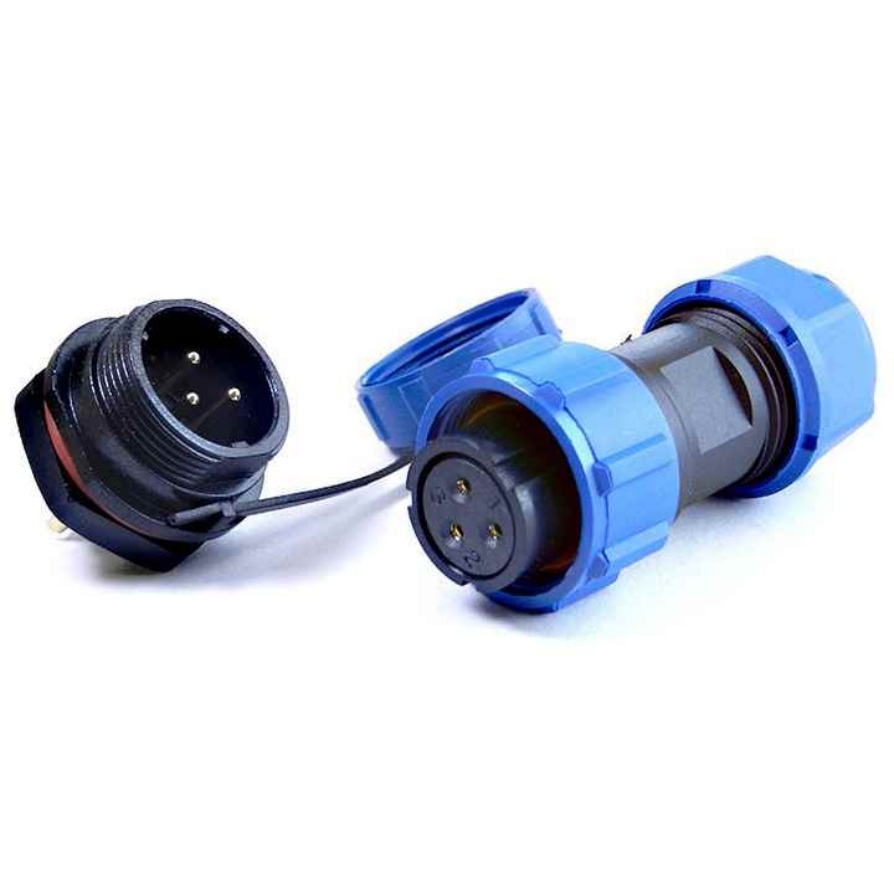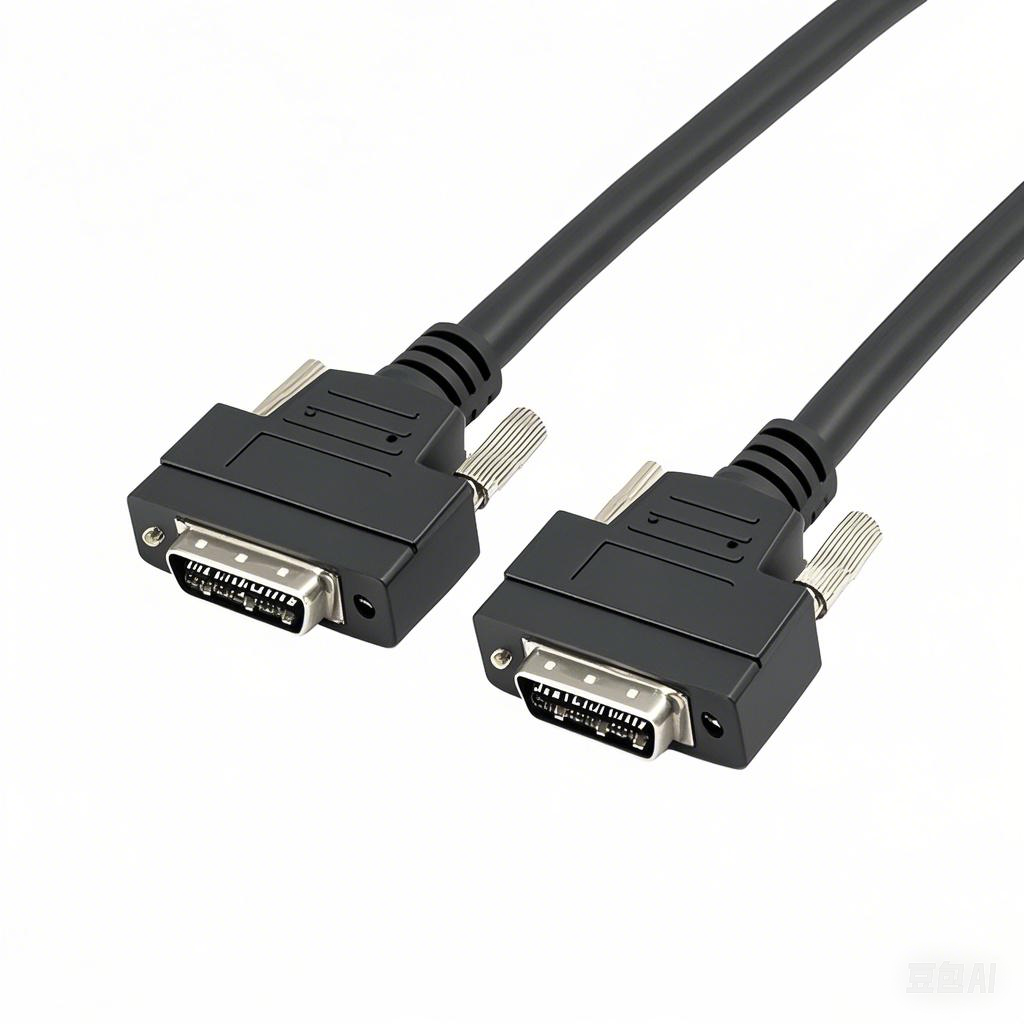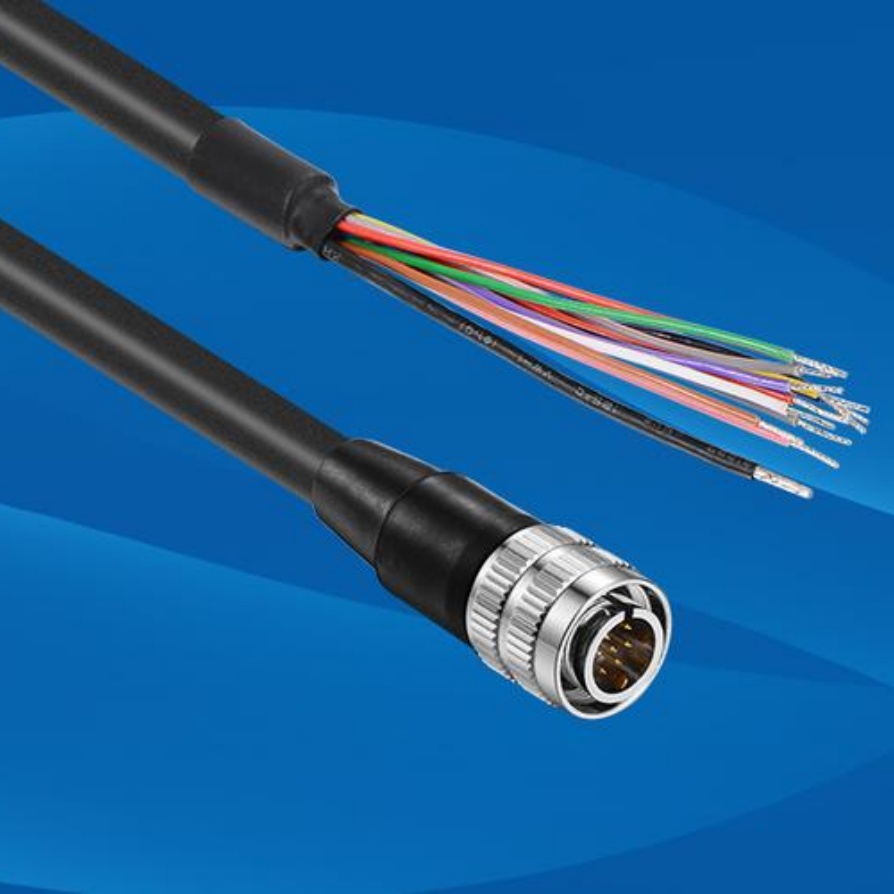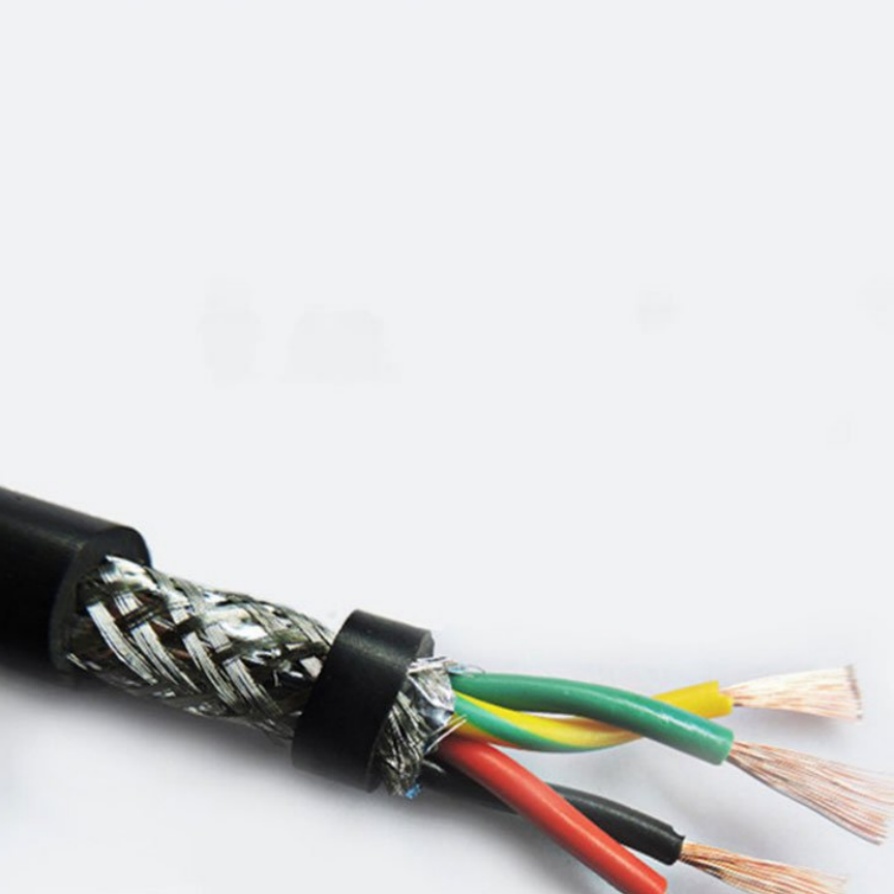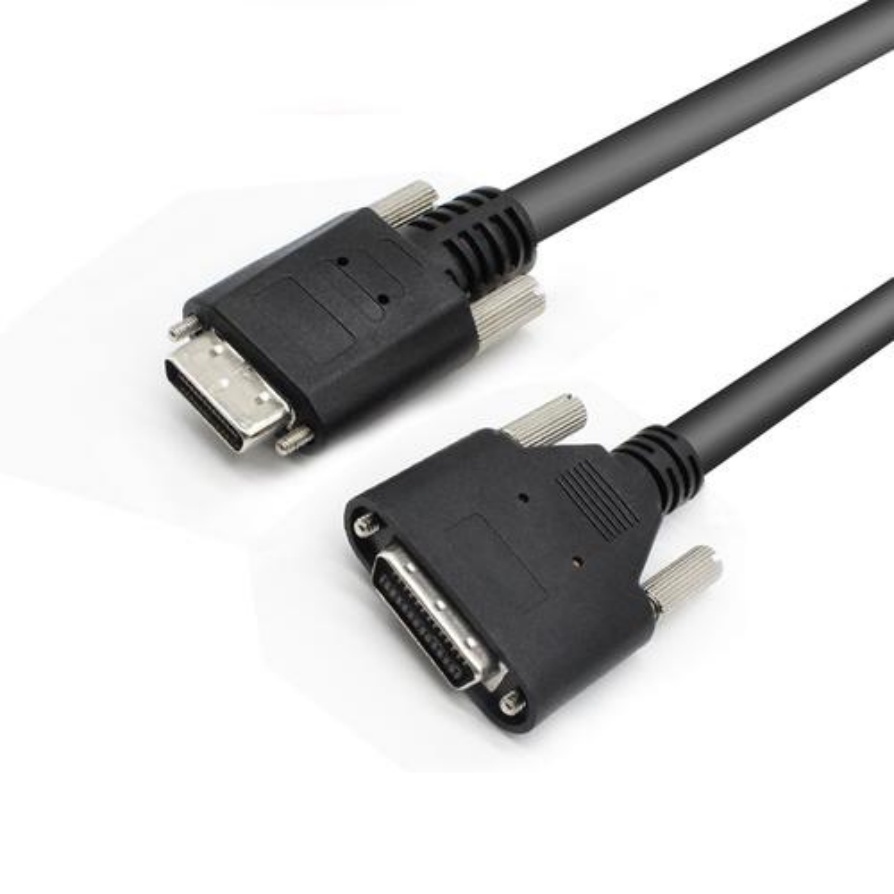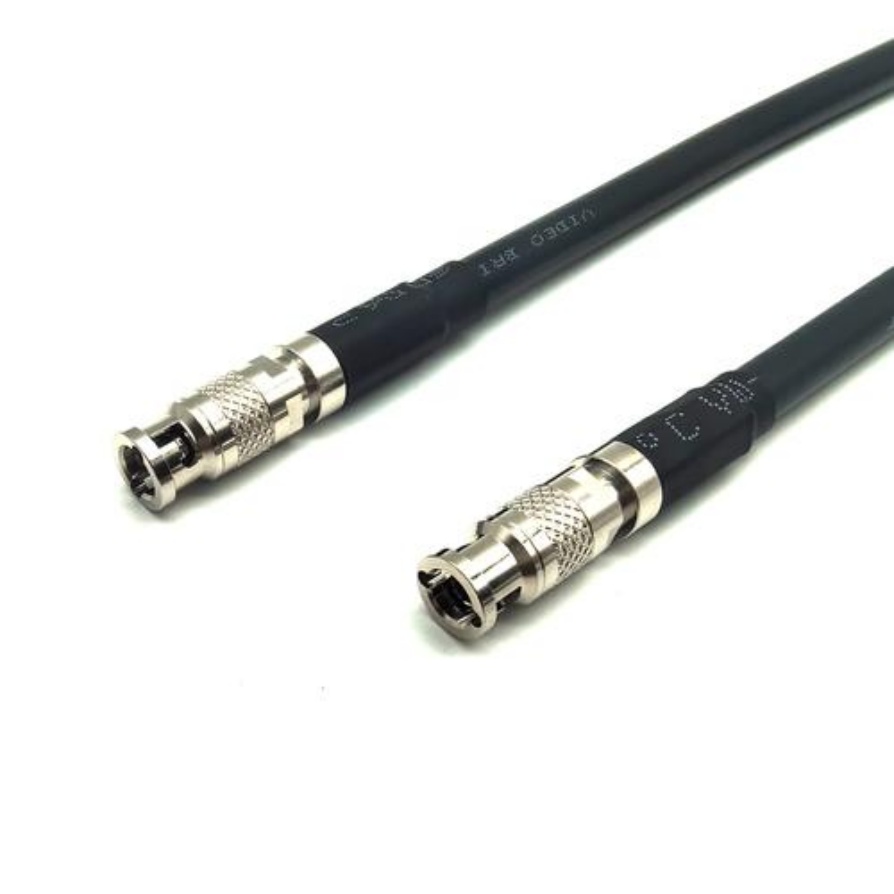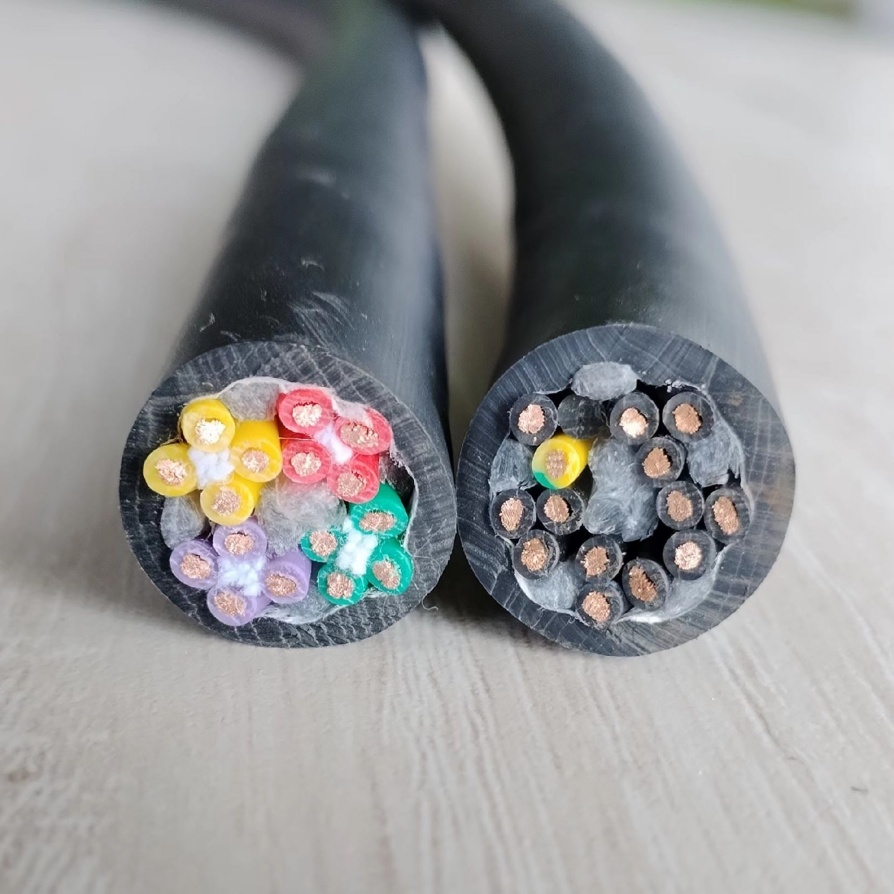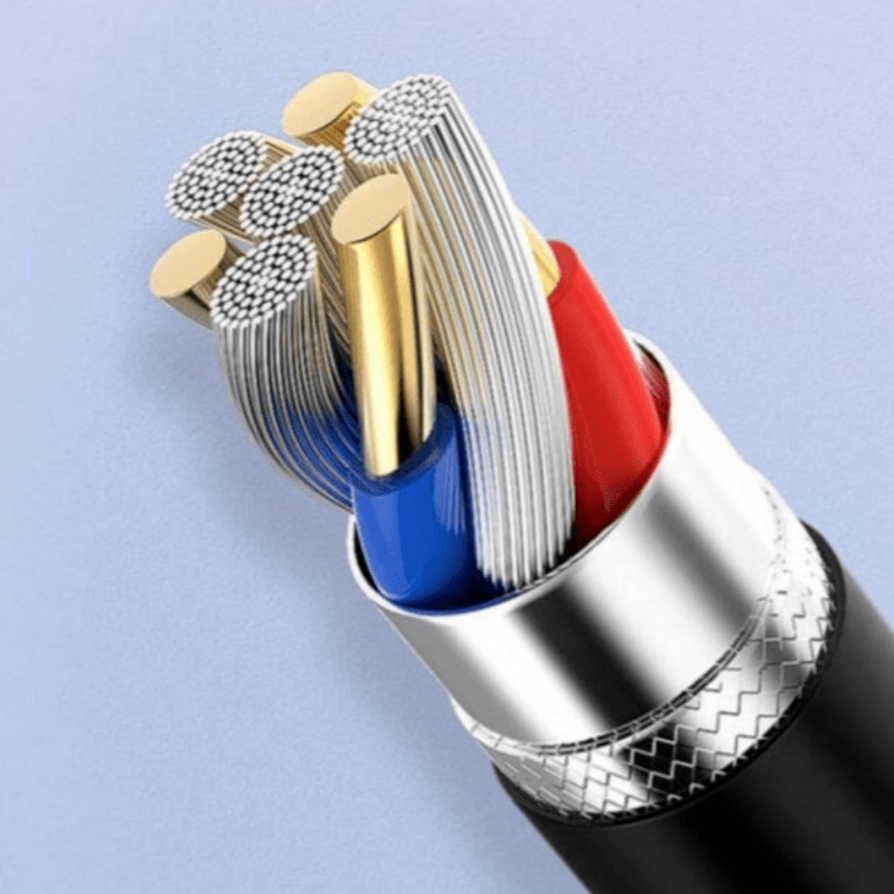What Is a Low-Noise Visual Cable?
In industrial automation, medical imaging, and high-precision monitoring systems, visual data transmission relies heavily on cables that minimize signal interference. A low-noise visual cable is a specialized transmission medium designed to reduce electromagnetic and radio-frequency interference (EMI/RFI), ensuring stable, high-integrity transmission of visual signals (such as those from cameras or sensors). Unlike standard cables, its core value lies in preserving signal clarity—critical for scenarios where even tiny noise-induced distortions could lead to faulty detections, blurred images, or system malfunctions.
1. Core Characteristics of Low-Noise Visual Cables
Low-noise performance is achieved through targeted structural and material designs. Key features include:
- Enhanced Shielding: Most adopt multi-layer shielding (e.g., aluminum foil + tinned copper braid) to block external EMI/RFI. The braid’s high coverage rate (often ≥95%) prevents interference from nearby motors, power lines, or wireless devices.
- High-Purity Conductors: Made of oxygen-free copper (OFC) or high-conductivity copper alloys. These materials reduce signal attenuation and internal noise caused by impurities in the conductor.
- Low-Dielectric Insulation: Uses insulation materials like polyethylene (PE) or fluorinated ethylene propylene (FEP) with low dielectric loss. This minimizes signal distortion from energy absorption within the insulation.
- Impedance Matching: Precisely controlled characteristic impedance (e.g., 75Ω for analog video, 100Ω for digital visual signals) to avoid signal reflection—another major source of noise in transmission.
2. How Low-Noise Visual Cables Work
The primary goal of these cables is to break the “interference chain” in signal transmission:
- Block External Interference: The multi-layer shield acts as a physical barrier. It absorbs or diverts external electromagnetic waves, preventing them from penetrating the conductor and disrupting the visual signal.
- Reduce Internal Signal Loss: High-purity conductors and low-dielectric insulation ensure the original visual signal (e.g., pixel data, frame rates) travels with minimal degradation. This is especially important for long-distance transmission (over 10 meters), where standard cables may lose signal clarity.
- Eliminate Reflection Noise: By matching the impedance of the cable to the connected devices (cameras, monitors, or data processors), the cable avoids signal “bounces” at connection points—these bounces would otherwise create overlapping noise in the transmitted data.
3. Key Application Scenarios
Low-noise visual cables are not universal, but they are indispensable in environments with high interference or strict visual accuracy requirements:
- Industrial Machine Vision: Used in factory assembly lines (e.g., semiconductor inspection, product defect detection). Nearby industrial machinery generates strong EMI, and the cable ensures cameras capture clear images for automated quality control.
- Medical Imaging: Applied in devices like ultrasound machines, endoscopes, and MRI-compatible cameras. Noise-free signals are critical for doctors to interpret fine anatomical details or tissue abnormalities.
- Automotive ADAS: Integrated into advanced driver-assistance systems (ADAS), such as lane-keeping cameras or parking sensors. The cable resists interference from the car’s engine, ignition system, and wireless modules, ensuring reliable data for safety functions.
- High-Security Surveillance: Deployed in high-risk areas (e.g., airports, banks) where surveillance cameras need to transmit crisp, real-time footage. The cable avoids noise-induced image blurring, which could compromise threat detection.
4. Guidelines for Selecting Low-Noise Visual Cables
When choosing a low-noise visual cable, focus on these practical factors instead of just “low noise” marketing claims:
- Check Shielding Specifications: Prioritize cables with ≥90% braid coverage and double-layer shielding (foil + braid) for high-interference environments (e.g., factories).
- Verify Impedance Matching: Confirm the cable’s impedance matches your devices. For example, analog CCTV cameras use 75Ω cables, while industrial GigE Vision cameras require 100Ω cables.
- Assess Environmental Adaptability: If the cable is used outdoors or in harsh conditions (high temperature, humidity, or oil exposure), select models with durable jackets (e.g., PVC for indoor, PUR for outdoor) to maintain shielding performance over time.
- Test Transmission Distance: Ask the manufacturer for attenuation data (e.g., signal loss per 10 meters). Ensure the cable supports your required distance without adding noise.
Choose FRS: Your Trusted Low-Noise Visual Cable Manufacturer
When reliability and performance matter, FRS factory stands out as a leading provider of low-noise visual cables. We don’t just produce cables—we tailor solutions to your specific interference challenges:
- Our cables feature triple-layer shielding (aluminum foil + tinned copper braid + aluminum mylar) for maximum EMI/RFI resistance, tested to meet industrial (IEC 61000-6-2) and medical (IEC 60601-1) standards.
- We use 99.99% oxygen-free copper conductors and food-grade FEP insulation, ensuring long-term signal stability even in extreme temperatures (-40°C to 85°C).
- Whether you need cables for machine vision lines, medical devices, or automotive ADAS, our engineering team offers custom lengths, jackets, and connector types to fit your system.
For low-noise visual cables that eliminate signal disruptions and protect your critical operations, FRS is your one-stop factory partner.


